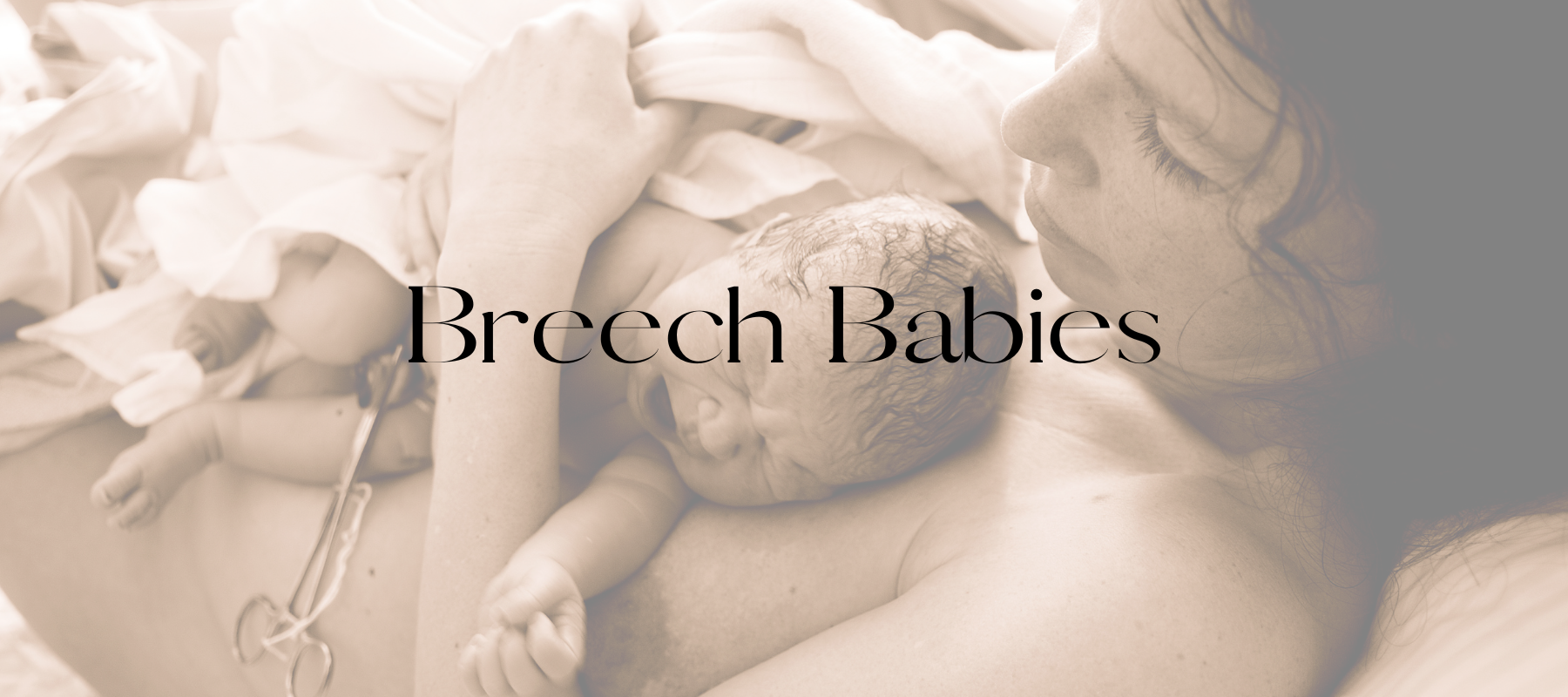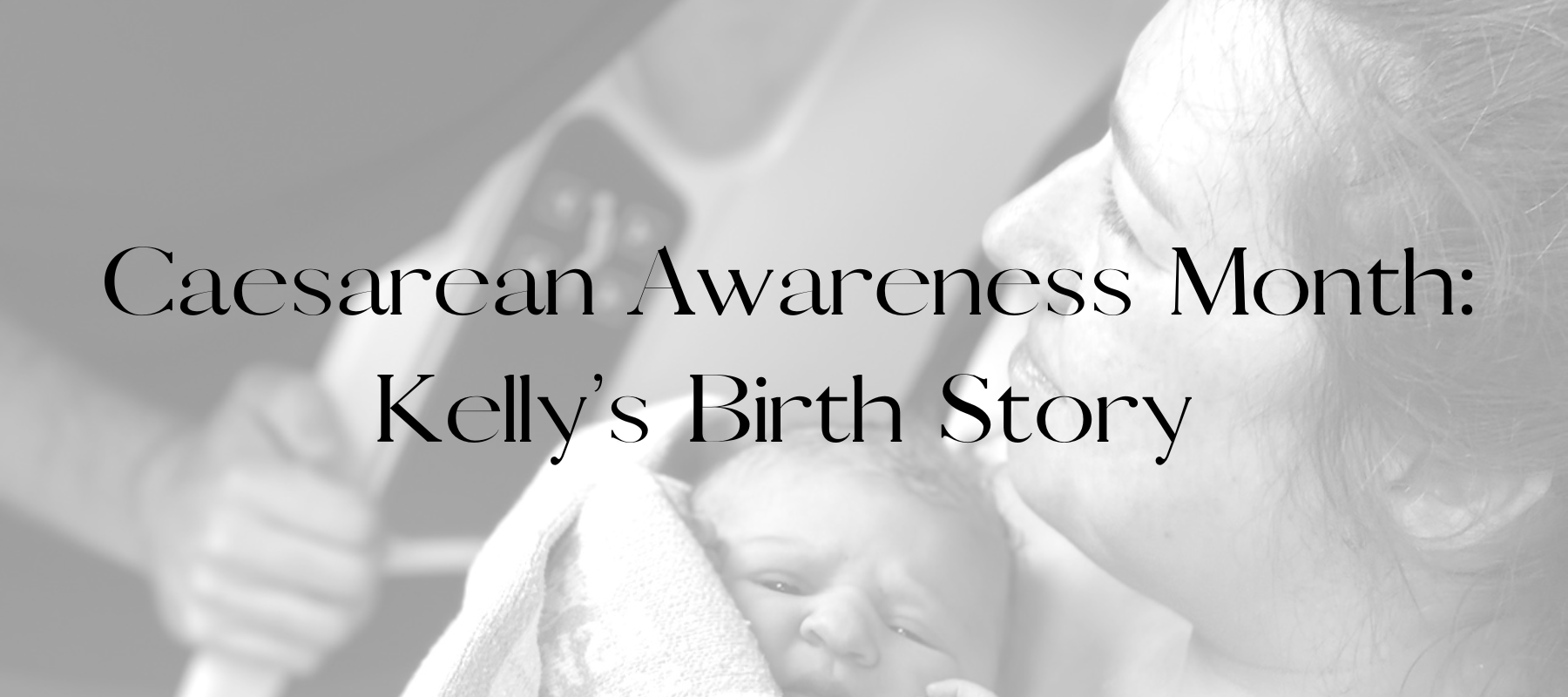Like many things, getting your exclusively breastfed baby to take an occasional bottle can be so easy, or it can be a case of trial and error. Maybe you’re planning to return to work or even just to be out of the house for a few hours!
Here are a few tips that will help your baby to take a bottle:
- Make sure it’s the right time
If you are exclusively breastfeeding, you will want to wait until you have established breastfeeding before introducing any bottles if possible. Usually this will be between 4-6 weeks after birth. If you are planning on returning to work, allow for 2 weeks transition time from breast to bottle.
- Use a breastfeeding friendly bottle/teat
There are many bottle shape and size options available. Try to choose a bottle that will mimic the breastfeeding experience as much as possible. This may include the need for a slow-flow teat also.
- Offer the bottle after a breastfeed
Your baby will most likely be calmer and more settled if you attempt bottles after a breastfeed. Try dipping the teat of the bottle in expressed breastmilk to help familiarise your baby with the teat.
- Don’t wait to try a bottle until baby is distressed and hungry
Offer feeds via breast or bottle once you have witnessed early feeding cues and don’t wait until baby is too distressed to be patient on the bottle.
- Try various bottle feeding positions
Some babies prefer to be cuddled in a cradle hold, others may prefer to be upright or semi-reclined on a pillow.
- Ask someone else to try giving baby a bottle
Remember, you smell like lunch! Your baby is familiar with your smell and will wonder why you are offering a bottle and not the breast. Instead, as a partner or trusted family member to bottle feed instead.
- Be patient
Your baby might not be interested in taking to the bottle straight away – that’s okay! Like all new skills, it will take some time. Don’t force them as this may cause oral aversions. Instead, allow baby to settle and try again later when they are happy and comfortable.
Written by Keryn Thompson, RM & IBCLC (L-301766)



